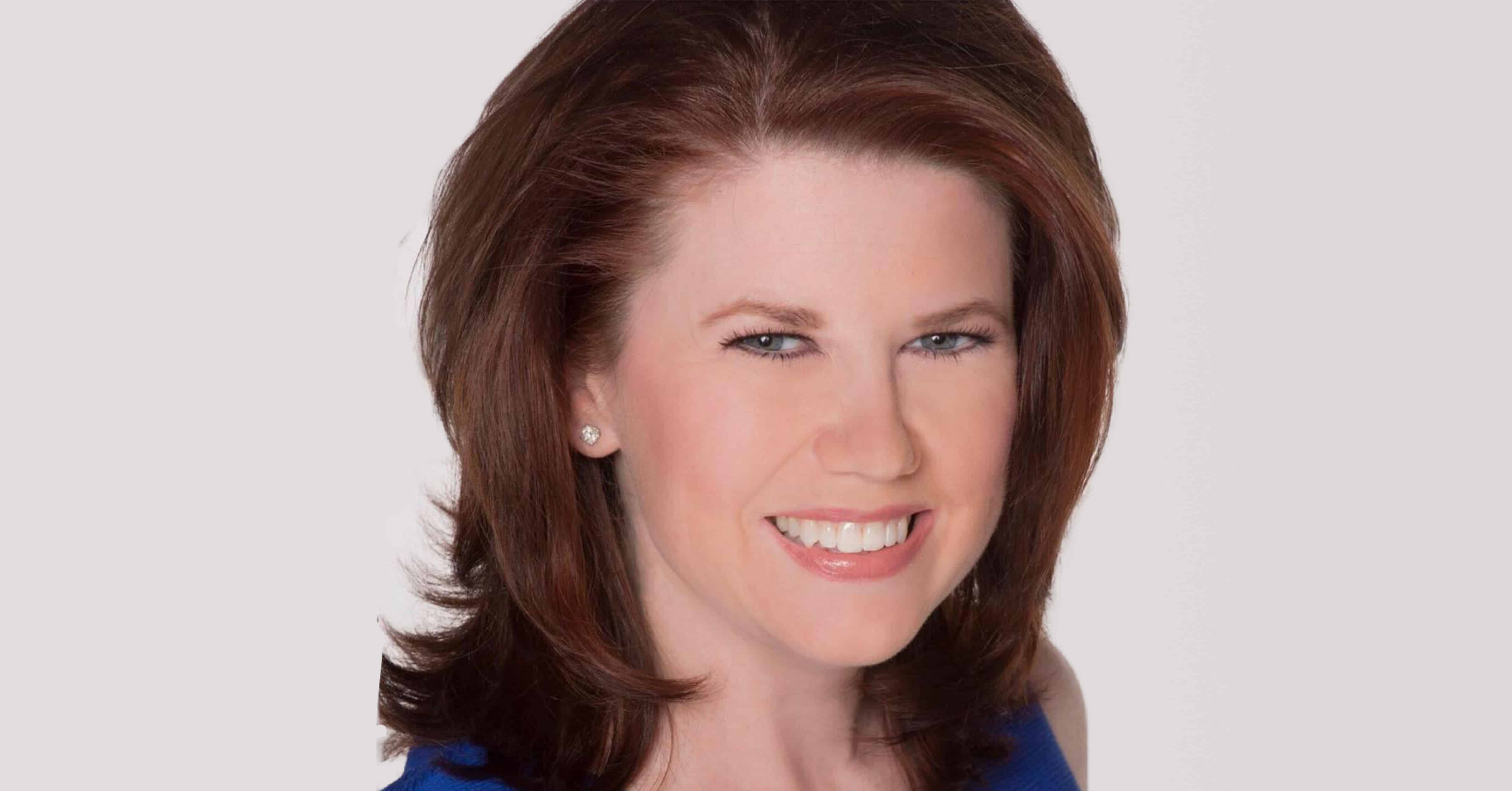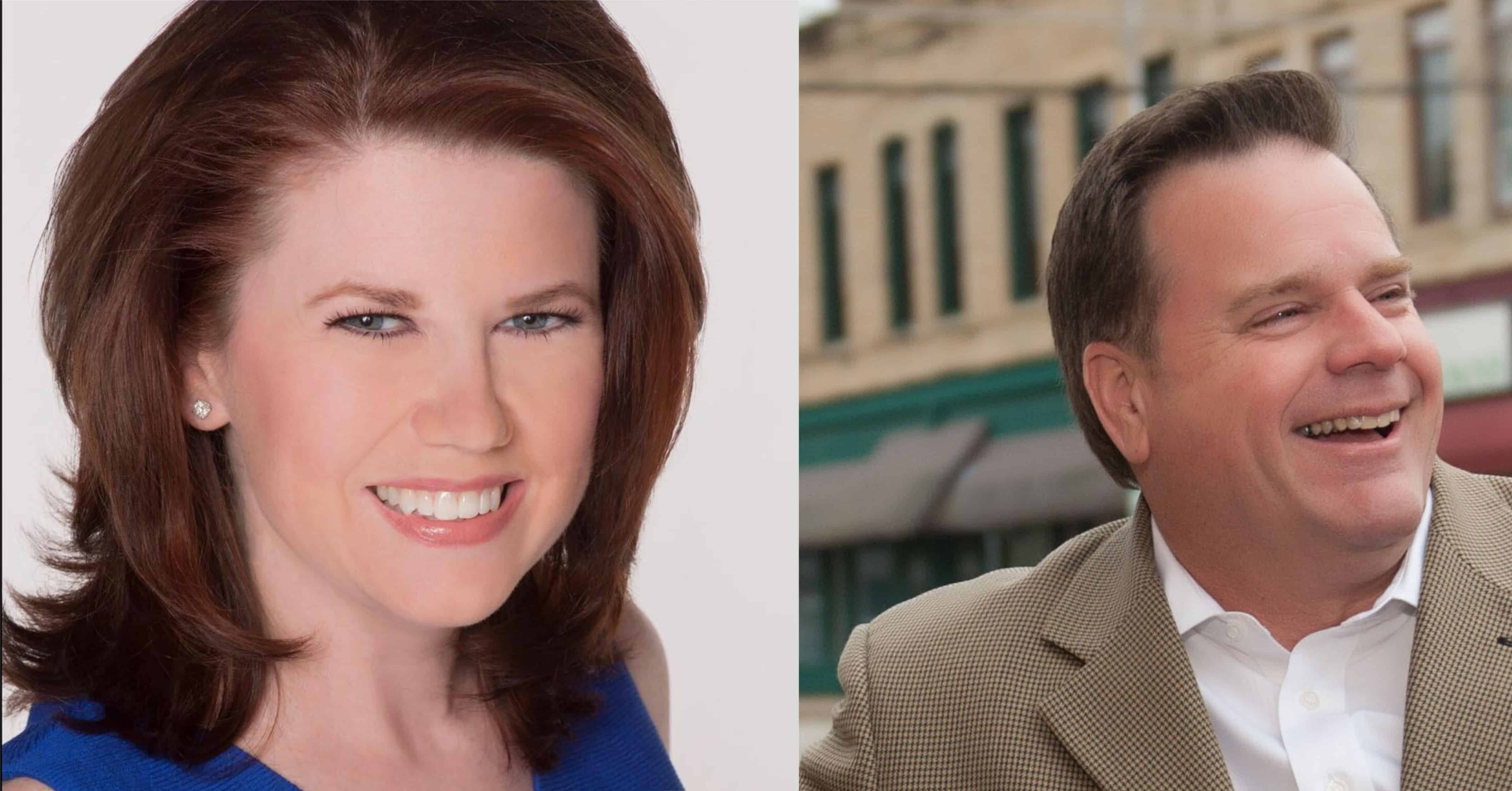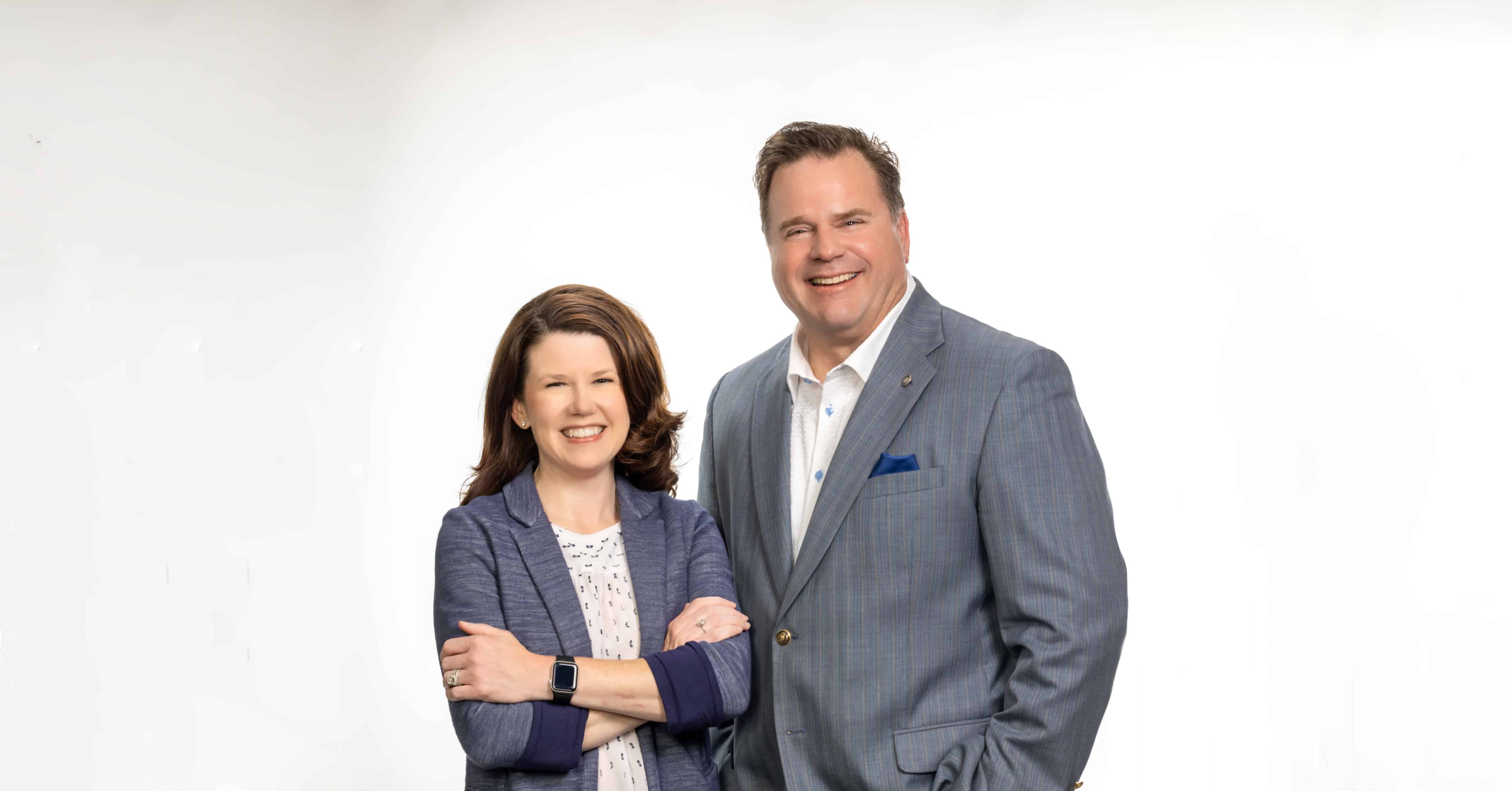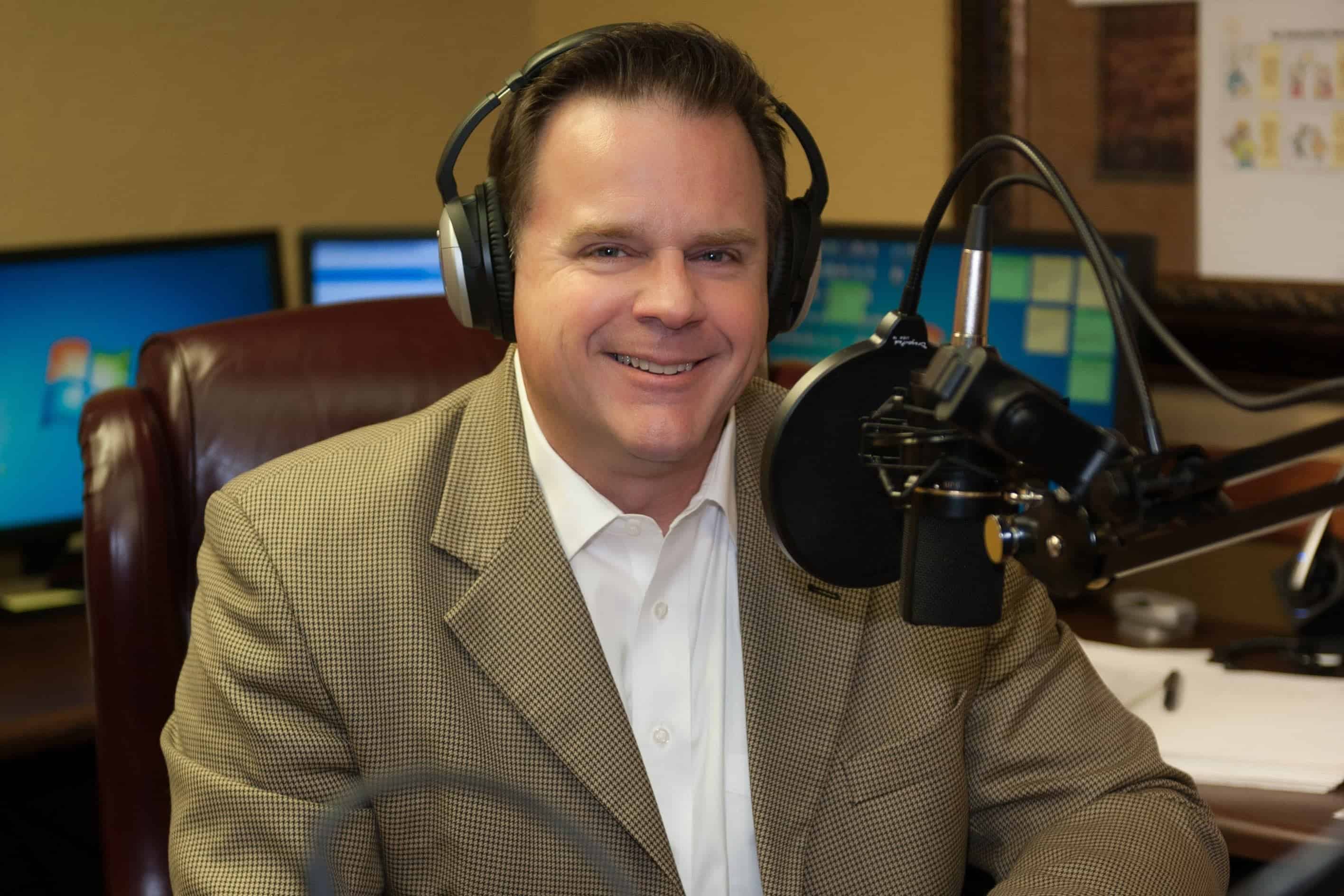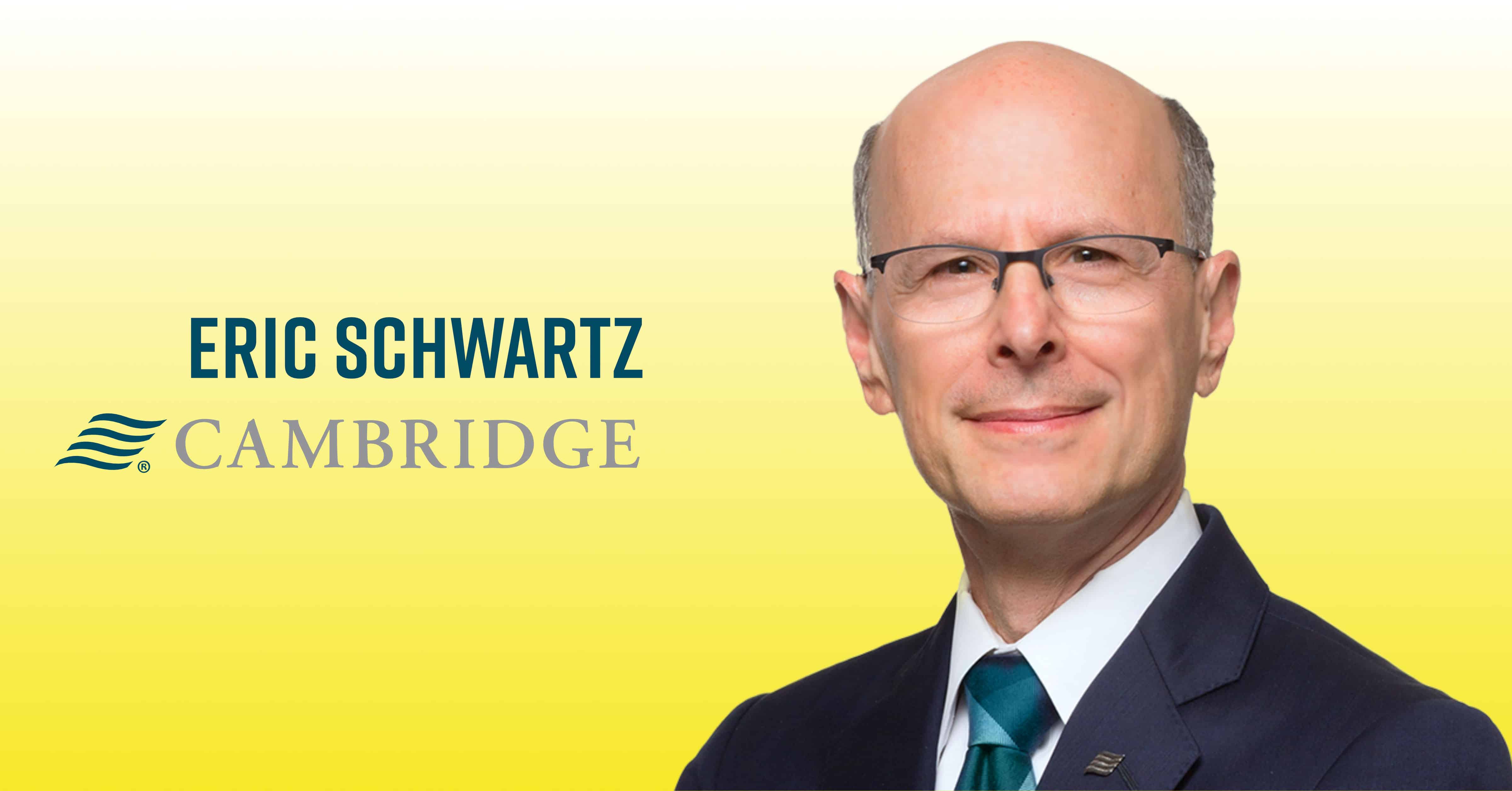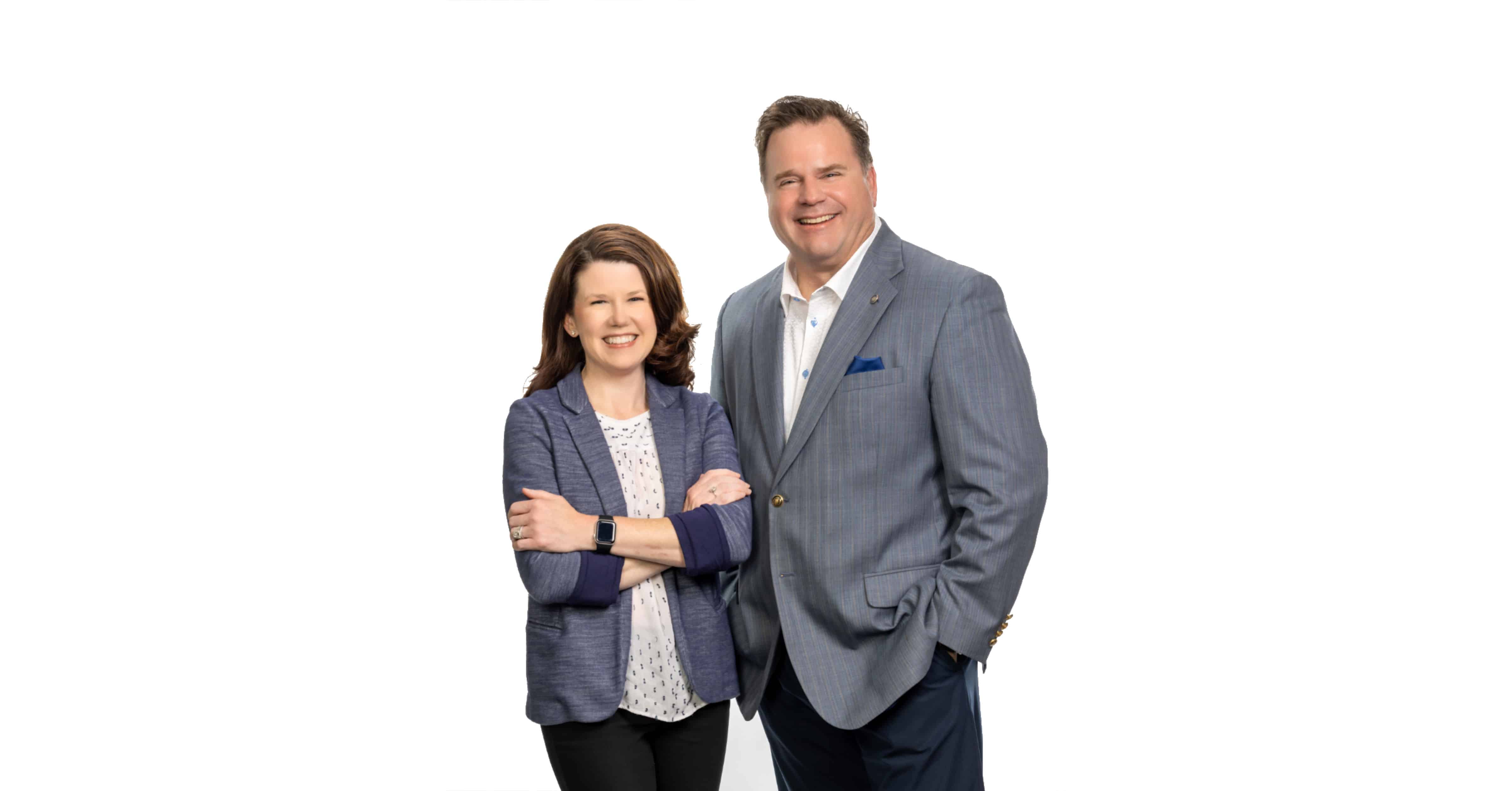Cash is king! This is a statement I have heard my entire life. It is critical to a comfortable daily life but elevating currency to royalty status seems a bit hyperbole. There are many aspects to managing your cash flow that are simple to master. First, the old adage of “spend less than you earn” is an axiom of truth. For families that use credit cards to elevate their lifestyle beyond their means, the day of reckoning comes quicker than anticipated. Additional stress and challenges are encountered, and solutions are in short supply.
One of the best tools for managing your cash flow is to monitor your expenditures. Every penny spent should be tracked for a period representative of your lifestyle. For example, consider one of the apps on your phone as a method of recording your spending. Review the record every few days to determine where you are spending your money and compare it to your desired areas of spending.
A budget is necessary in all phases of life. Many people think a budget is needed only while you are younger and working toward your career goals. However, I am a big believer in the art of focusing your efforts in a manner that will provide you with the best outcomes. For example, if you are budgeting to save 10% of each paycheck for support in your future yet you spend first and save what is left, you will not meet your goal. The better method of saving is to emulate the wealthy and save the 10% first and live on the remainder. In this manner you are forced to curtail the spending of funds since you have fewer discretionary dollars to spend.
Only one entity exists in the United States of America that has the luxury of spending first and finding the cash flow to pay for it second – the U.S. Government. The leaders of our country are currently negotiating the increase of our debt limit (i.e., our borrowing capacity). Do not be confused. This is a mortgage on the future generations of our citizens. It is a fact that this balance has ballooned to more than $31,457,000,000,000. To meet our country’s obligation to maintain the debt requires 12% of the federal budget or $384,000,000,000 annually according to the U.S. Treasury Department.
The simple principles explained in this article to help your family manage cash flow can be applied to the federal government. By utilizing a balanced budget requirement through a constitutional amendment, the annual spending will match the annual receipts for a fiscal year. This will be painful, at first, but will yield a leaner government with far less fraud, waste, and abuse than that we currently experience.
To avoid cash flow problems, it is critical that you control your discretionary spending. Minimal use of credit cards should be your goal and the balance paid in full each month. Lastly, large purchases should be acquired only if you can place a substantial portion of the price at the time of the purchase.
Managing debt is a skill that must be learned early in life. Consider indebtedness only for those assets that are utilitarian and/or long-term use. For example, houses and land are suitable for borrowing purposes. However, a new mink coat or Rolex watch are not. Particularly useful is the borrowing of assets that generate cash flow such as rental properties. In this instance, the lessee renting from you will be paying your mortgage, taxes, and insurance on the property on your behalf. Isn’t this a great country?!?!
Cash flow is the most critical concern of retirees. Controlling your indebtedness as you transition to retirement will help you gain confidence in the years of your next phase of life. Do not approach retirement with the same attitude as your working years. Cash flow is possibly lower and comes in different frequencies than when you were working in your career. To help you develop a plan to increase your probabilities for success, it is vital that you seek the advice of a Certified Financial Planner™ professional. Sir Richard Branson, a billionaire and owner of more than 400 companies, said it well when he stated, “Every success story is a tale of constant adaption, revision and change.”


